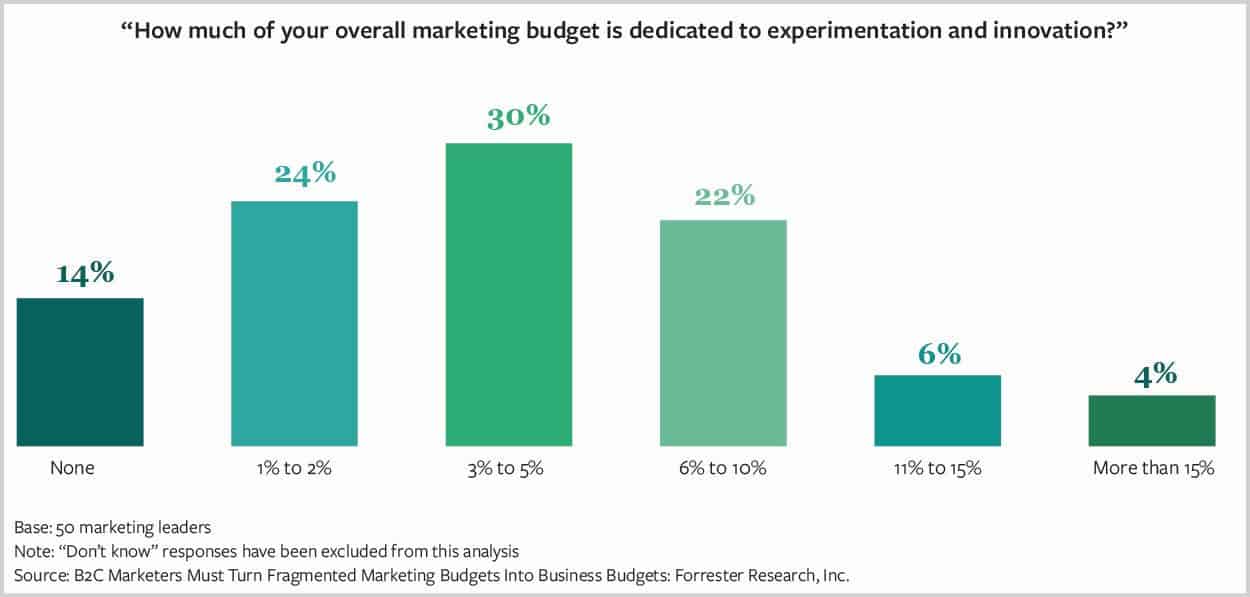Today, we released The Skai Guide to Budget Planning for Digital Marketers to provide actionable insight into the budget planning process.
The Guide contains a wealth of information on the various facets of budget planning along with points-of-view on yearly allocation versus continuous budget optimization. We also get into predictive modeling and how it represents the future of budget planning.
The unique thing about this volume versus previous Guides (such as The Skai Guide to Local Search or The Skai Guide to Google Product Listing Ads) is that the preceding ones have been very tactical with specific use cases and detailed best practices to overcome common challenges.
However, budget planning is very much an art and a science, so the focus on this Guide is to present the issues and influencers that digital marketers must evaluate when building their plans.
There are many internal and external factors such as seasonality, promotions, inventory constraints, and even global events that need to be considered to keep the plan within real-world parameters in order maximize the return from the budget.
Within this Guide, you will find a detailed list of these variables and some tips on how to best handle the curveballs that are being constantly thrown at you when planning your budgets.
Budget forecasting can often be the key to making the right decisions and trying to guess the future can be a daunting task. In lieu of having your own crystal ball, predictive modeling is a one of the most exciting new technology areas that digital marketers can utilize to bring science to the art of forecasting. After all, when you have very accurate forecasts on how various media channels will perform, it makes planning a relatively simple exercise.
Finally, I’d like to share one of the interesting charts you will see in the Guide. This one is from the SEMPO: State of Search Marketing Survey 2013, an annual report that has become one of the best sources to see how your peers are approaching SEM.
As you’ll see, two-thirds of marketers surveyed dedicate only 5% or less of their budgets to experimentation and innovation.

Having worked as a search marketer for over a decade, I know that “test” can sometimes be a four-letter word, and it can be difficult to defend an experimental line item in a digital marketing budget plan when the constant push for sales, leads, and downloads is on everyone’s mind. The most successful marketers that I’ve met over the years, however, have been more afraid to fail to try than to fail at trying.
Remember, just because it’s a “test” doesn’t mean it’s going to be a waste of budget. In fact, it may be the best use of the budget all year. Not only could it generate a substantial return, but the lessons learned can help make next year’s results even better. For those of you who aren’t familiar with the “70/20/10 Rule” as a place to start with your budget plans, be sure to tune in to that section of this Guide.
Please download The Skai Guide to Budget Planning for Digital Marketers today to learn more about goal setting, forecasting, and other issues related to budget planning.
